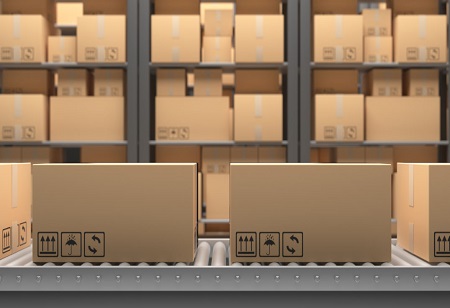Around $36 trillion worth of manufactured items were created globally in 2018, virtually all of which were packaged, safeguarded, and distributed in some kind of industrial packaging. These industrial packaging materials are essential for the affordable, effective, and secure transportation of produced goods in domestic, international, and local trade.
According to Smithers' most recent industry analysis, "The Future of
Industrial Packaging through 2024," demand for industrial packaging will continue to expand over the next five years, with market value increasing from $56.2 billion in 2019 to $66 billion in 2024 at a CAGR of 3.3%.
Although there are other far-reaching elements that may promote increased product innovations and evolutionary reorganization of value chains and business models, overall demand in this sector will always closely track global trade flows. As end-use requirements change, let's examine the major trends affecting the industrial packaging sector:
Adopting Packaging Automation
The primary difficulties the packaging sector has encountered have to do with productivity, accuracy, and quality control. Numerous businesses continue to actively use manual package inspection procedures, which leaves a lot of possibility for mistakes in the packaging's quality. Manual package inspection is inefficient, dangerous, and frequently results in total packaging recalls that consume a significant percentage of a company's budget.
The packaging industry has switched to automated manufacturing methods for more precise output as a result of the implications of such errors. Packaging needs to be structurally strong and sturdy in order to resist any possible difficult shipping and handling conditions, especially in the "renaissance" of e-commerce that we presently live in.
Manufacturers have increased their investments in package quality control automation as a means of protecting their companies and, more importantly, their customers. Automated technology enables producers to create an all-in-one quality control platform that can be coupled with other systems and hardware, in addition to the individual management of each step of product production.
